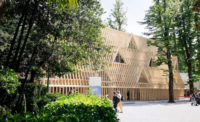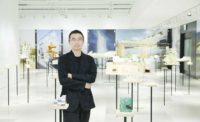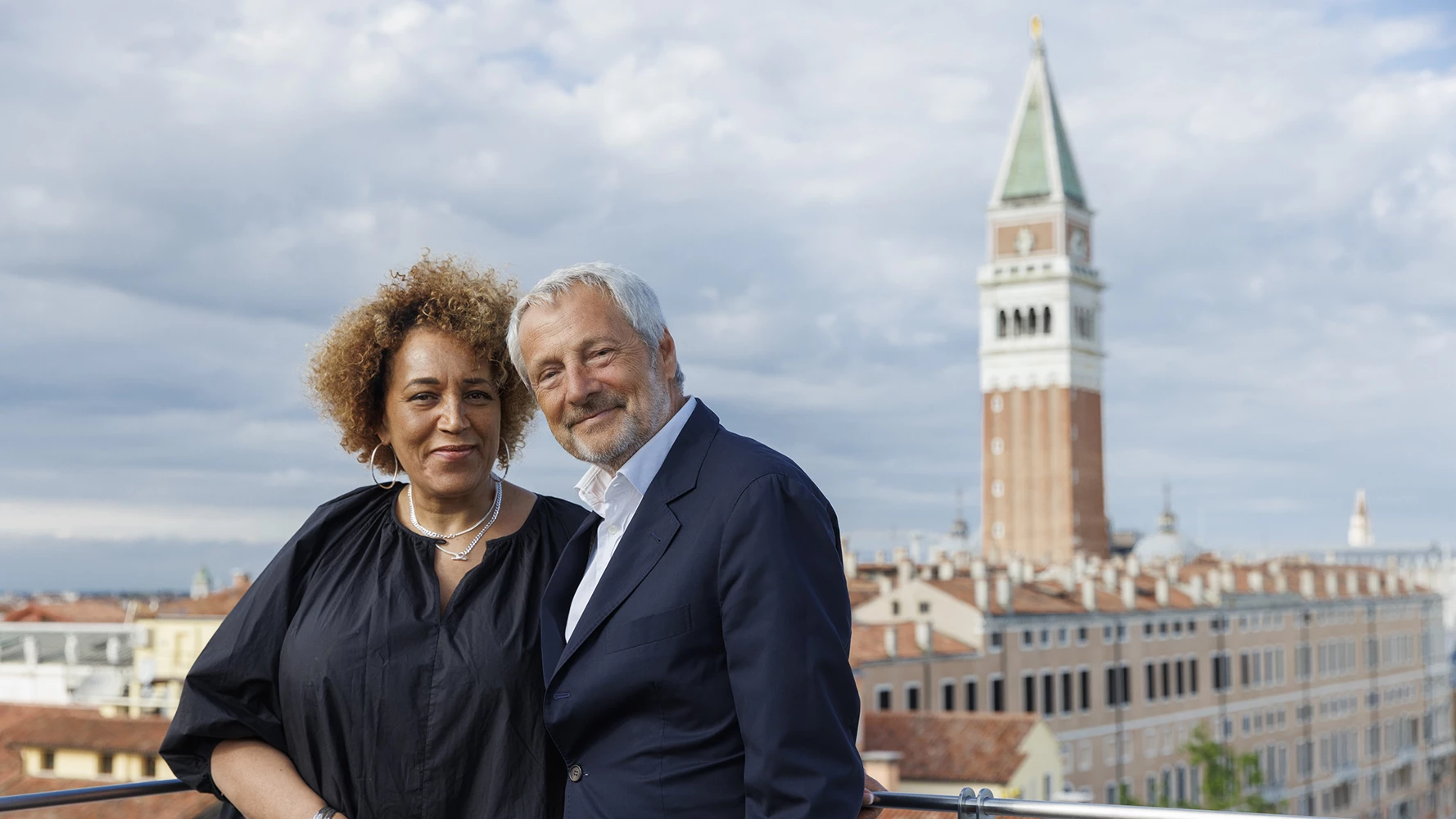Whose Vision of a Future City Will Prevail?

Whose Vision of a Future City Prevail?
Beyer Blender Belle envisions Washington, D.C., in the year 2108 as a city whose avenues have been planted with gardens to become "greenstreets."
Image courtesy Beyer Blinder Belle

Whose Vision of a Future City Prevail?
Some 28 Civil War-era forts surrounding Washington, D.C., would be transformed into "eco-towers" that harness sun and wind energy, and contain hydroponic gardens.
Image courtesy Beyer Blinder Belle

Whose Vision of a Future City Prevail?
For San Francisco in the year 2108, IwamotoScott proposes a "Hyrdo-net," whose underground tubes will store hydrogen and convey people, goods, and energy throughout the city.
Image courtesy Iwamoto Scott

Whose Vision of a Future City Prevail?
Above ground, the Hydro-net is linked to structures that resemble seaweed or mushrooms. They would contain hydrogen-producing algae farms, fog catchers, and water extractors.
Image courtesy Iwamoto Scott

Whose Vision of a Future City Prevail?
EDAW proposes restoring Atlanta's forest and stream network, in harmony with the city, by the year 2108. Buildings would be concentrated in forests at the tops of hills.
Image courtesy EDAW

Whose Vision of a Future City Prevail?
Atlanta's old sewer system, which was built in the 1800s by re-channeling existing streams, would be uncovered and these waterways restored.
Image courtesy EDAW






Post a comment to this article
Report Abusive Comment